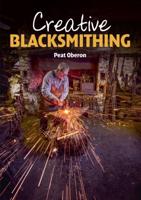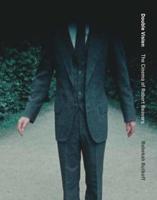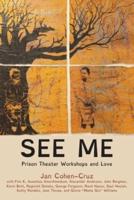Publisher's Synopsis
In their sculptural works, artists have always broken out of the workshop or studio and into open-air spaces. After all, the place where sculptures are best able to show their three-dimensionalquality is in an open space not enclosed by walls and ceiling, in which all flows of power and movement can have free rein. However, because public spaces offer only very limited possibilitiesfor sculpture development, sculpture parks have been developed almost everywhere in the world where invited artists can work without restrictive conditions. During his search for a place in France where he could present his large sculptures, Erich Engelbrecht discovered in 2000 the open, meadow-like land, with the château tucked into a piece of forest behind it. This open space, picturesquely framed by groups of trees, was precisely what he had imagined. And the fact that a château was waiting for its new owner at the end of this tract of land made this discovery a stroke of luck rarely experienced by anyone in general, and almost never by artists in particular. His monumental sculptures that dominate the landscape have given Erich Engelbrecht a place in the history of modern sculpture. His method of drawing images plastically in the space, and of using these drawings transformed into solid bodies to occupy whole landscapes, is unparalleled. The enigma balanced between representationality and the abstract, the multiplicity of meaning, which invites freely poetic titles, is essential to the unique charm of Erich Engelbrecht's visual work. In the park of Château des Fougis, 29 of these artworks, at once plainly revealing and mystifying, communicate with each other in such a relaxed way that visitors are prompted to think and to enjoy. One strolls through a garden of poetic artworks, through a park of beautiful riddles and silent secrets. There has been nothing comparable to this in Europe since the Mannerist gardens, conceived by poets andequipped with creatures of the imagination by inspired sculptors.










